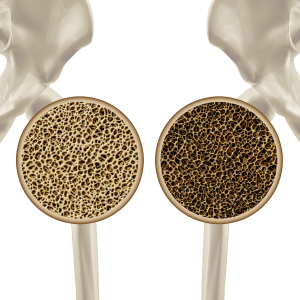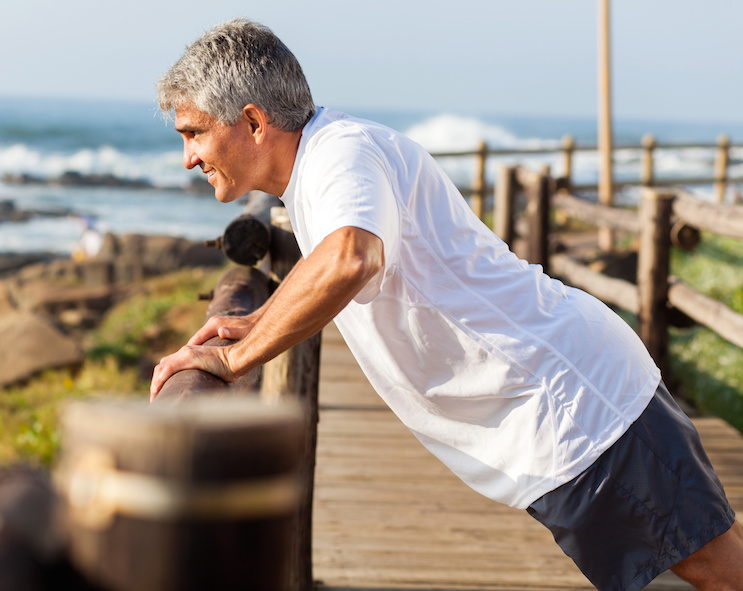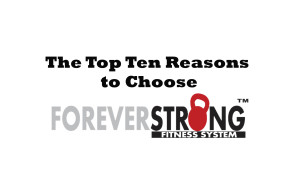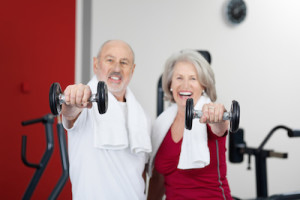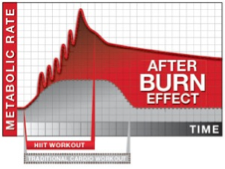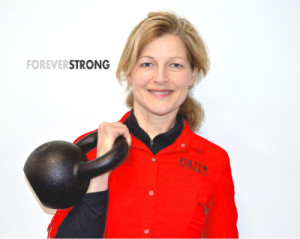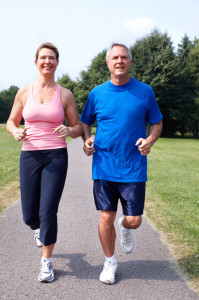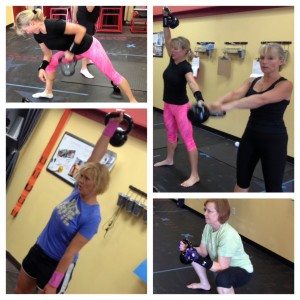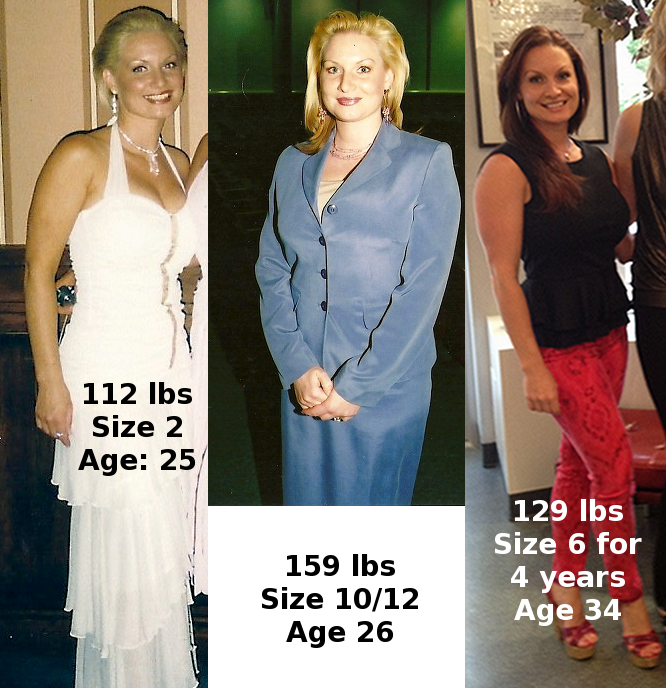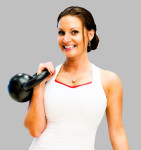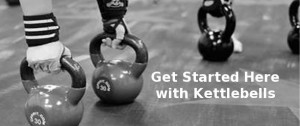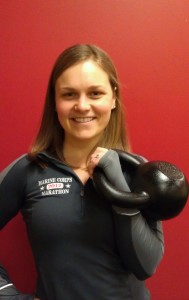From client to instructor, Julie Taylor has done it all with ForeverStrong®.
It wasn’t enough for Julie to train at ForeverStrong as a client, she loved it so much that she wanted to join our training staff as a trainer herself! Prior to starting her ForeverStrong journey as a client, Julie worked in the corporate world. Upon retirement, Julie was visiting her chiropractor when she saw the newsletter about ForeverStrong. After losing 30 pounds, Julie was looking for the most effective way to maintain her weight. Having already done cardio and yoga, she realized that she needed to incorporate weight training into her workout, which is why she soon came in and talked to Kelly. From there, Julie became a new member of the ForeverStrong community!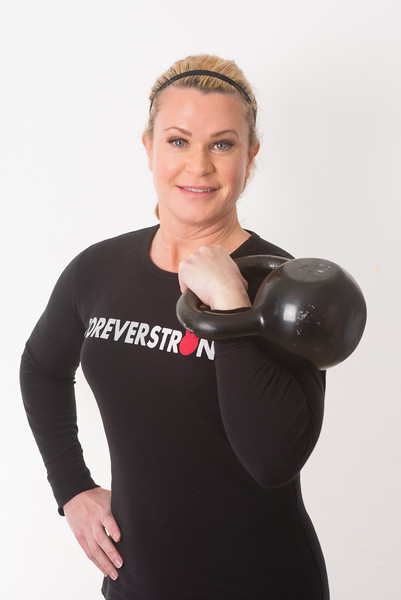
After training with us for 9 months and still being retired, Julie found that her love for ForeverStrong kept growing and growing. She soon decided to emerge from retirement and pursue her personal training and kettlebell certifications. Once achieving those certifications, Julie started out as an intern at ForeverStrong. An intern?! Yes, that is correct. From her humble beginning as an intern, Julie has made her way to the top as she is now a key person to our training staff and we are so happy to have her! Our clients, too, enjoy having Julie here as they constantly remind us of how much they love her. Often, at the end of a program cycle, the feedback we receive consists of variations of “I love Julie” responses.
Just as the clients love Julie, she loves them all as well. She dearly loves all the clients, the supportive nature of the staff, and the positive atmosphere that ForeverStrong offers. This, in comparison to the negative atmosphere of the corporate world, makes Julie increasingly more happy.
To those that are considering joining theForeverStrong community, Julie encourages you to give it a chance because it can ultimately change your life! For those that are interested in becoming a part of our training staff, Julie also encourages you to inquire about our apprenticeship program because the ForeverStrong community is always looking for ways to grow. Just recently, Julie was working on growing her own skills and knowledge as she pursed and achieved an orthopedic exercise specialist certification.
Interested in growing with us? Be our guest for a free workout at ForeverStrong, where you can improve your health and fitness in ways that can change your whole life!
Julie’s Accomplishments:
ACE Certified Personal Trainer
Hardstyle Kettlebell Instructor Certification
ACE Orthopedic Exercise Specialist Certification
